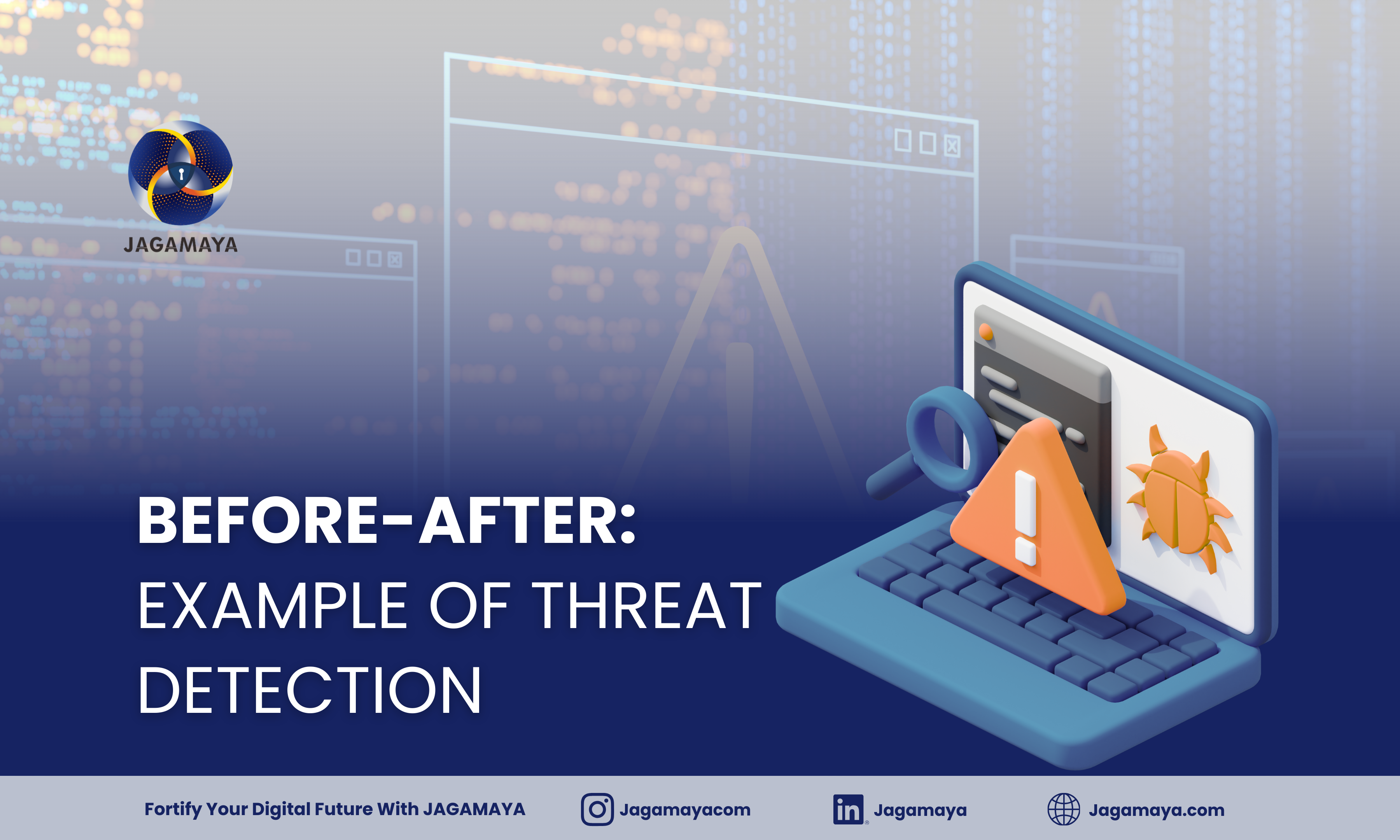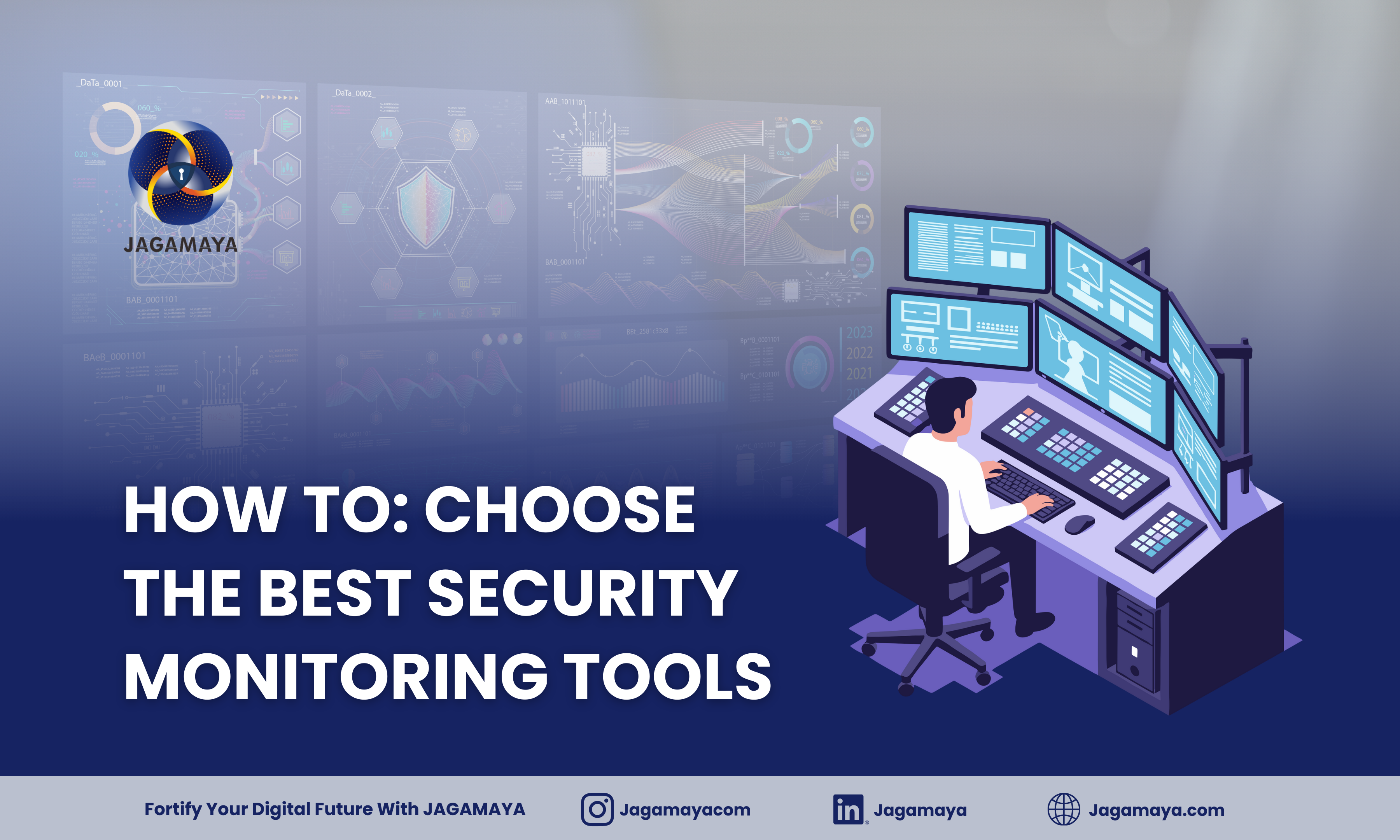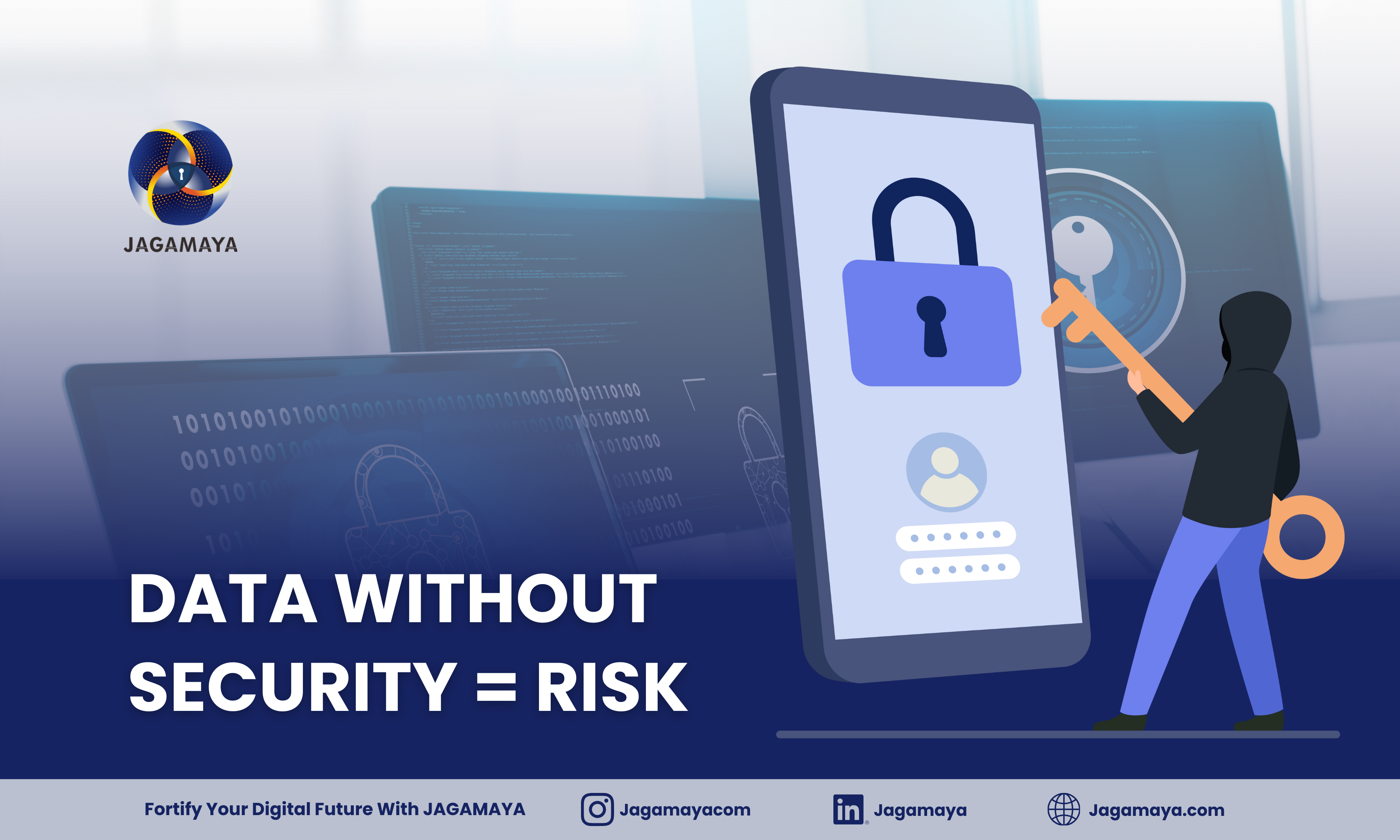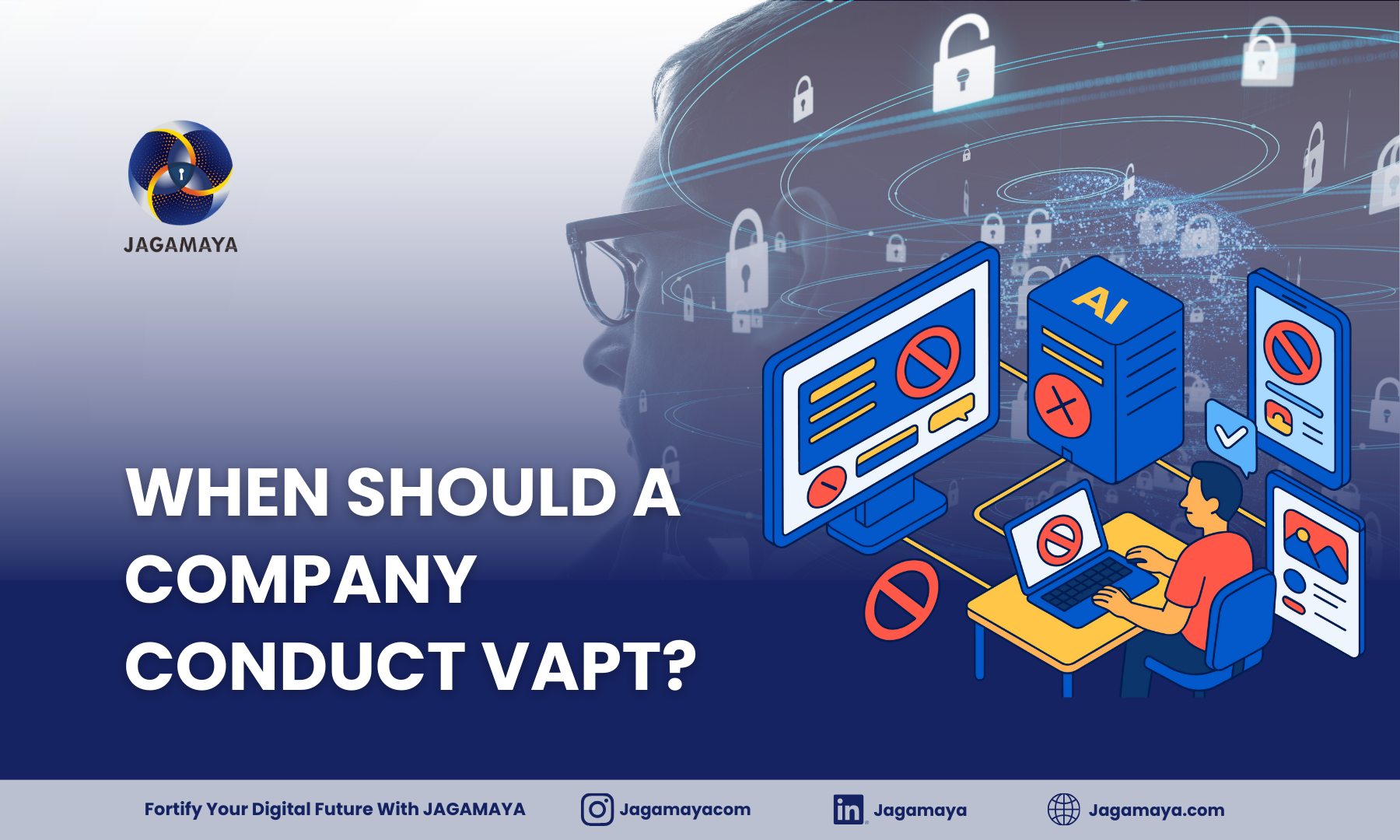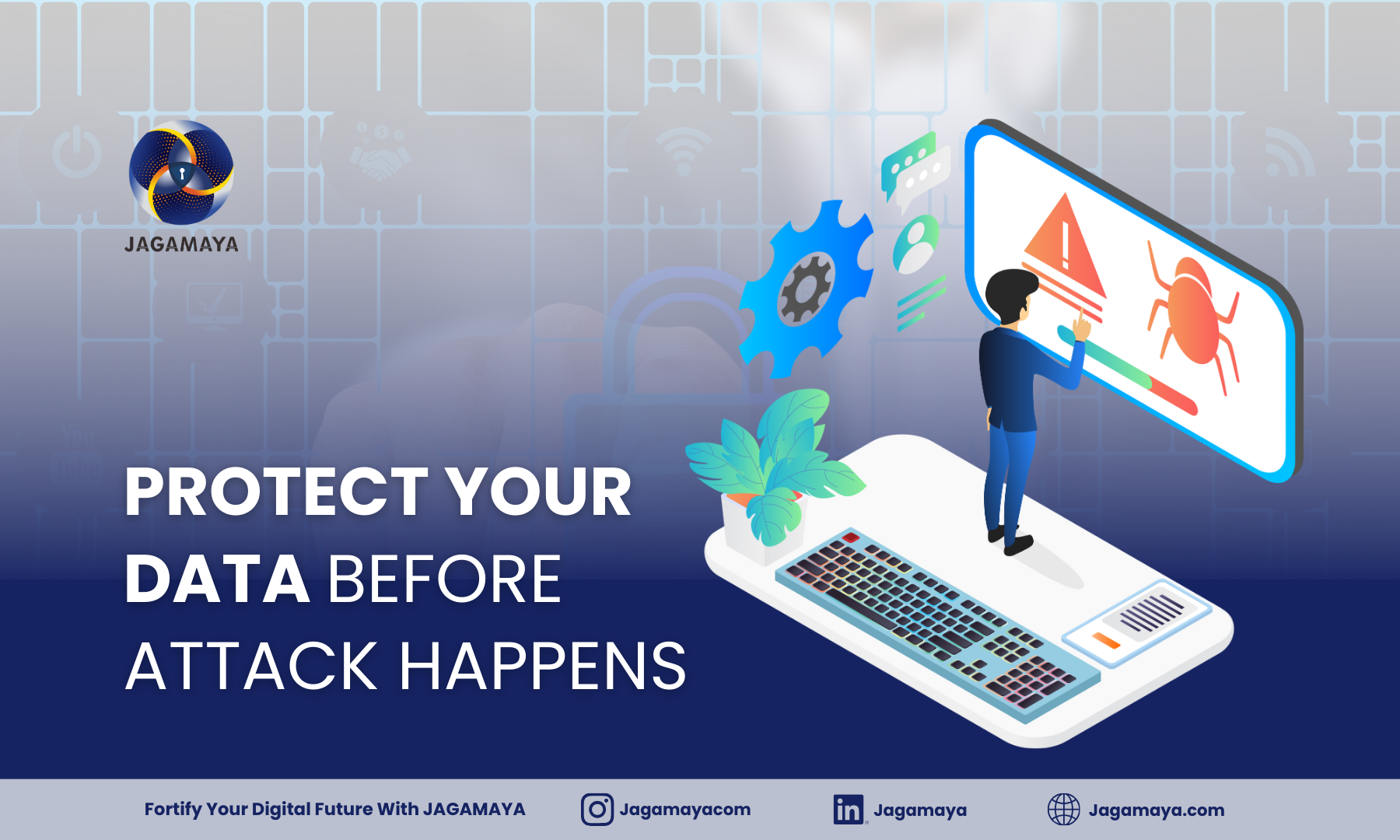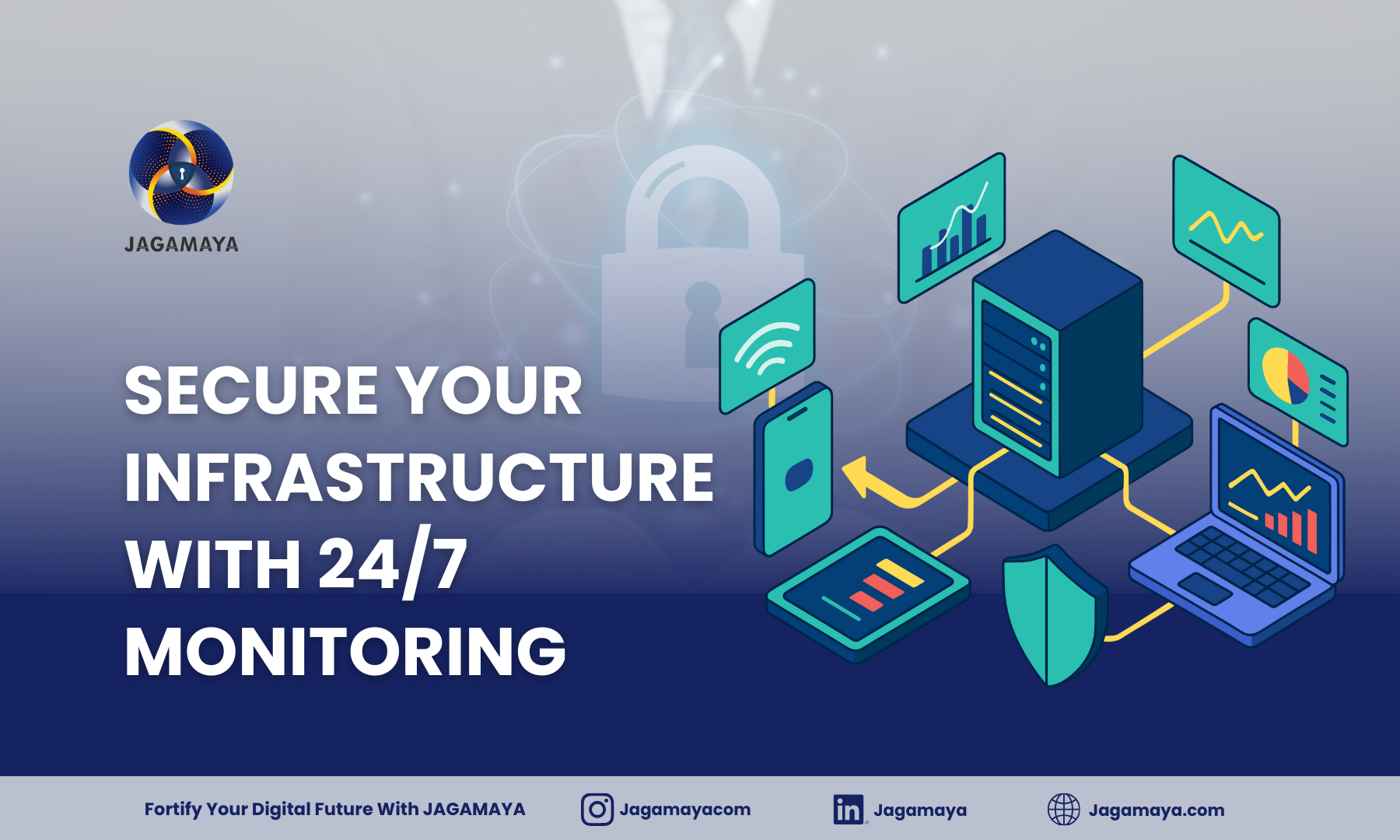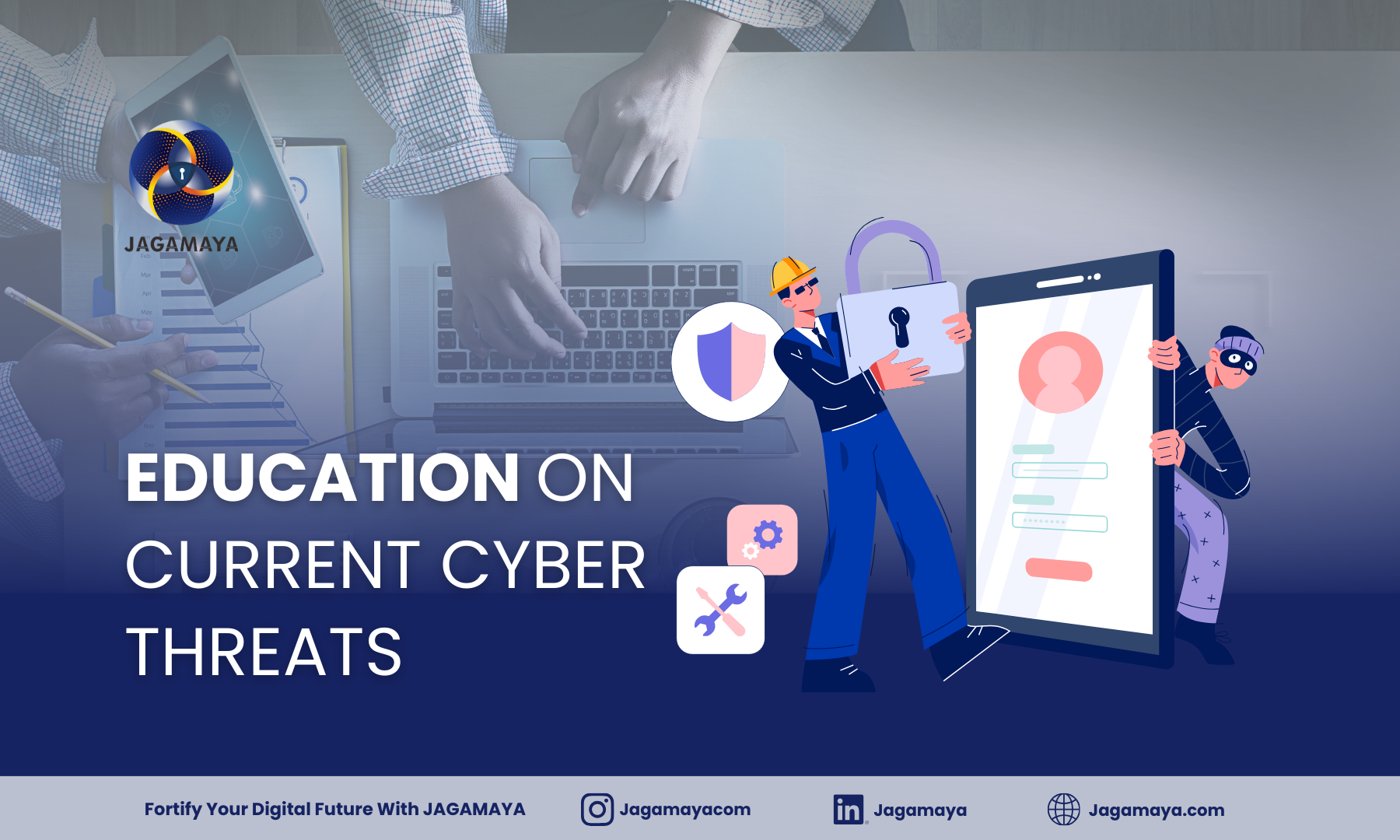In cybersecurity, when a threat is detected often matters more than what the threat is. The same attack can result in minor disruption or major data loss—depending entirely on how early it is identified.
This article illustrates a before-and-after example of threat detection, showing how proactive monitoring and threat hunting significantly change outcomes.
Before: When Threats Go Undetected
In organizations without continuous monitoring, threats often enter silently.
What typically happens:
- An employee unknowingly clicks a malicious link
- Malware installs quietly on an endpoint
- Suspicious activity blends into normal system behavior
- No alerts are reviewed in real time
The result:
- Attackers move laterally across systems
- Credentials are harvested
- Sensitive data is accessed or exfiltrated
- Detection occurs days or weeks later—often after damage is done
At this stage, organizations face costly recovery, reputational impact, and potential regulatory consequences.
After: When Threats Are Detected Early
Now compare this with an environment protected by 24/7 security monitoring and threat hunting.
What changes:
- Endpoint behavior is continuously monitored
- Anomalies are detected in real time
- Suspicious patterns trigger immediate alerts
- Security analysts validate and investigate the activity
The result:
- The affected endpoint is isolated quickly
- Attacker movement is stopped early
- No data exfiltration occurs
- Business operations continue with minimal disruption
Early detection transforms a potential breach into a controlled security incident.
What Makes the Difference?
The shift from “before” to “after” is driven by three critical factors:
- Continuous Visibility
Logs, endpoints, and network traffic are monitored at all times—not just during business hours. - Proactive Threat Hunting
Security teams actively search for hidden threats instead of waiting for alerts. - Expert Analysis + Automation
Automated detection is supported by experienced analysts who understand attacker behavior.
This layered approach is at the core of Jagamaya’s security operations.
Why Early Detection Is Always Cheaper Than Recovery
Organizations that detect threats early reduce:
- Incident response costs
- Downtime
- Data loss
- Legal and reputational risks
In contrast, delayed detection amplifies damage and complexity.
🔗 Want more real-world security insights?
👉 Follow Jagamaya on Instagram for updates, case examples, and threat intelligence:
https://www.instagram.com/jagamayacom/

